
|
|
|
|
|
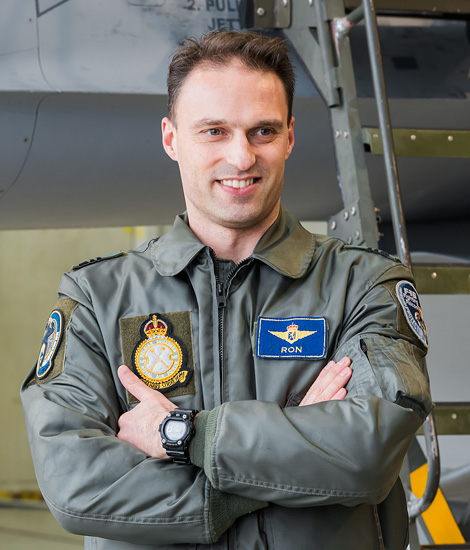
|
349 Squadron Baltic Air Policing; Siauliai, January 14, 2020
Belgian F-16s on Quick Reaction Alert; Text and Photograph's by Alex van Noye
The Belgian Air Force would take on the Baltic Air Policing task in 2020 with the 349 Squadron of the Belgian air base Kleine-Brogel. The unit had landed at Siauliai in Lithuania for this security mission. A platform and a few hangars have been set up at this airbase for this NATO Quick Reaction Alert mission in Lithuania.
The Baltic Air Policing is a NATO mission carried out by the American and European partner countries in the Baltic States. These countries are unable to defend their own airspace against intruders, especially from Russia. From Estonia and Lithuania, NATO aircraft fly daily patrols missions and aircraft are on Quick Reaction Alert (QRA). In 2004, the Belgian Air Force was the first NATO air force to participate in the Baltic Air Policing (BAP) program and sixteen years later the 349 squadron from Kleine-Brogel Air Base is one of the two currently participating BAP air forces. The other contribution is provided by the Polish Air Force with F-16s at Amari Air Base in Estonia and at Malbork Air Base in Poland. These last two air bases were added to the BAP program in 2014, after increased tensions in Northeast Europe and The Crimea. The BAP program is under the control of NATO Allied Air Command based at Ramstein Air Base (Germany). For the BAP, overall control of Baltic airspace is coordinated from the Combined Air Operations Center (CAOC) Uedem in Germany, from which all of Northern Europe is monitored. The Control and Reporting Center (CRC) in Lithuania sends the BAP aircraft to their targets. The Belgian detachment is on standby 24/7 with two aircraft, which can be in the air within fifteen minutes after the Scramble command has been given. This is called the Quick Reaction Alert (QRA). Two additional aircraft act as a spare and are also kept ready for when more aircraft are needed.
The Belgian detachment consists of a small group of only 60 people, divided into three parts including the operational branch with the pilots and the mission planners, but also a few firefighters and a meteorologist to support the detachment. In addition, personnel traveled with them from Belgium to maintain the F-16s for avionics and weapons. There is also a support arm with a doctor, the military police and one air combat controller at the Control and Reporting Center (CRC) in Karmėlava (Lithuania). The Belgian F-16s were purchased in the 1980s-1990s, but everything inside the
|
|
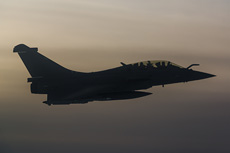
|
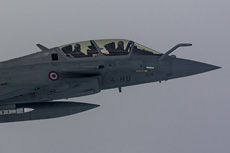
|
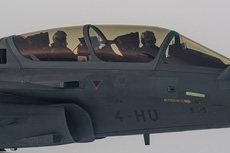
|
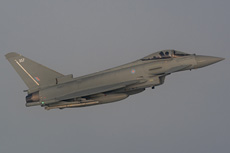
|
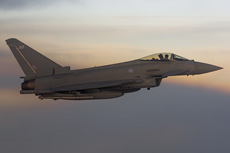
|
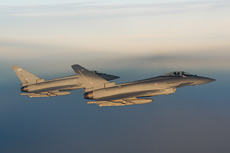
|
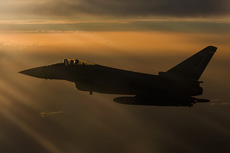
|
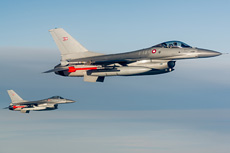
|
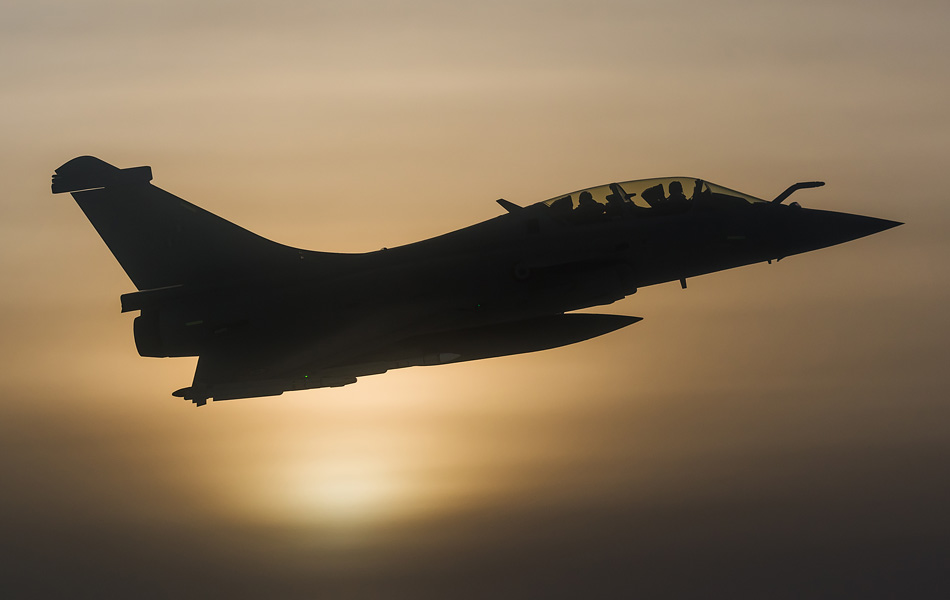
|
aircraft has been updated and refurbished. At the end of the last century, the aircraft were completely prepared for use in the 21st century during the MidLife Update (MLU program). As a weapon load, the F-16AM Fighting Falcon carries two AIM-120 AMRAAM radar-guided air-to-air missiles for use outside visual range, two AIM-9 Sidewinder heat-guided air-to-air missiles for use within visual range and one M61A1 Gatling-Gun with six barrels with about 500 rounds. This cannon is built into the F-16 Fighting Falcon as standard. In addition to the radar, a targeting pod (Sniper Advanced Targeting Pod (ATP)) is also used to zoom in on the target, even before the pilots have a view of the target itself. With this pod, it is easy to spot the target and check for possible armament. This pod is therefore an important tool for Belgian pilots to visually inspect an aircraft from a distance.
The task of the Belgian BAP pilots is the same as in their own country, namely to guarantee the integrity of the airspace, to keep it safe for all users and to ward off potential intruders. The F-16s are also equipped with flares, normally used as a defense mechanism against heat-seeking missiles. However, they can also be used to attract the attention of the person or persons in the cockpit of an intercepted aircraft. During night flying operations, the Belgian pilots also use Night Vision Goggles (NVG) to amplify the remaining light. The F-16s are scrambled when aircraft do not comply with international regulations, such as the use of a transponder, or the identification of control centers or a missing flight plan. The fighters must be in the air within 15 minutes, after which the CRC will lead them to the aircraft to be intercepted. If the intercepted aircraft constitutes a danger to other aircraft or is on its way to a prohibited zone (for example in an emergency), the F-16 pilots will have to divert this aircraft in a different direction. In addition, flares are very useful to attract attention, especially when it is dark. In 99% of interceptions, all that is needed is one investigation with the F-16s flying alongside the aircraft and checking the cockpit. After an actual interception, a report is sent to the CRC and a photo is taken for confirmation. If it is really necessary, the aircraft may, in extreme cases, use force to secure the airspace. Fortunately, it has never come this far during the BAP missions.
Most Alpha Scrambles take place over the air corridor between the Russian area of Saint Petersburg and the Russian enclave of Kaliningrad between Lithuania and Poland. This often happens because the only way to travel to and from Kaliningrad is by sea or air, without the need for visas and customs formalities for Russian citizens. In addition, sometimes unidentified helicopters fly between Kaliningrad and some oil platforms at sea. Since September 2019, around twenty Alpha Scramble interceptions have been carried out by the Belgian detachment, which intercepted fighters, transport aircraft and even a strategic bomber. During the winter, the number of interceptions decreases, with an increase again from spring. The planned Tango Scramble to be carried out to intercept the Belgian Airbus A321 with media was unfortunately canceled due to weather conditions. A Tango Scramble is a practice scenario where the pilots intercept another aircraft for training. This time they had to settle for a Sierra Scramble, where the procedure is only performed on the ground for training purposes. In a Sierra Scramble, the pilots receive an alarm and must be on the aircraft as soon as possible. In this exercise, the entire QRA scenario will be practiced until the F-16s taxi out. The Belgian F-16s of the 349 Squadron are standing by 24 hours a day to defend the Baltic States. After the Belgian detachment, the Spanish Air Force will later take over from the Belgians.
|
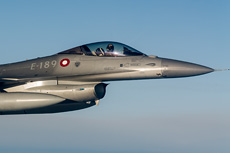
|
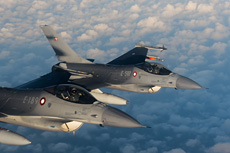
|
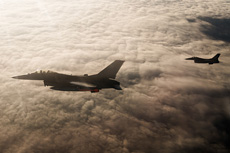
|
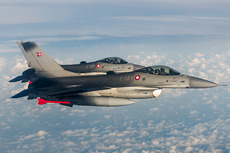
|
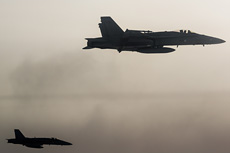
|
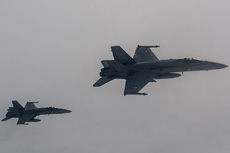
|
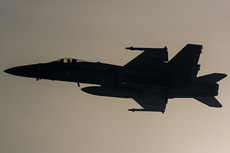
|
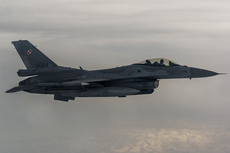
|
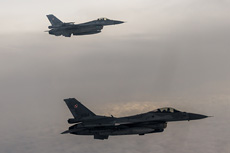
|
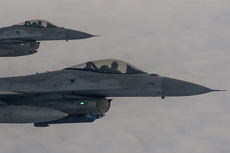
|
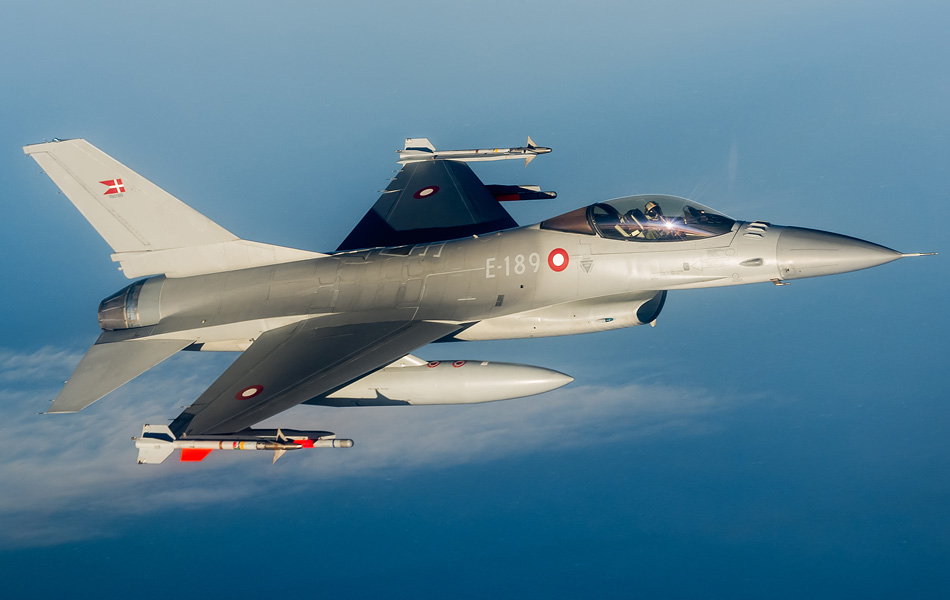
|
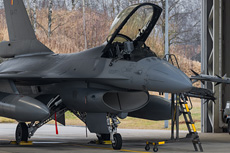
|
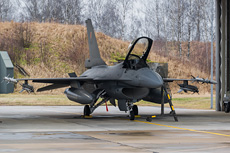
|
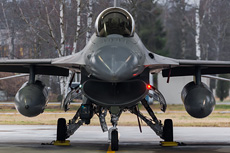
|
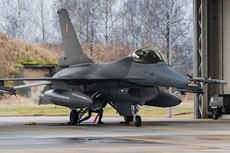
|
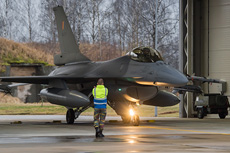
|
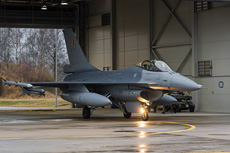
|
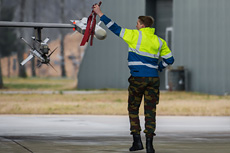
|
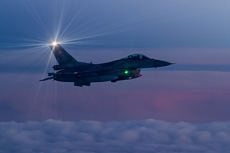
|
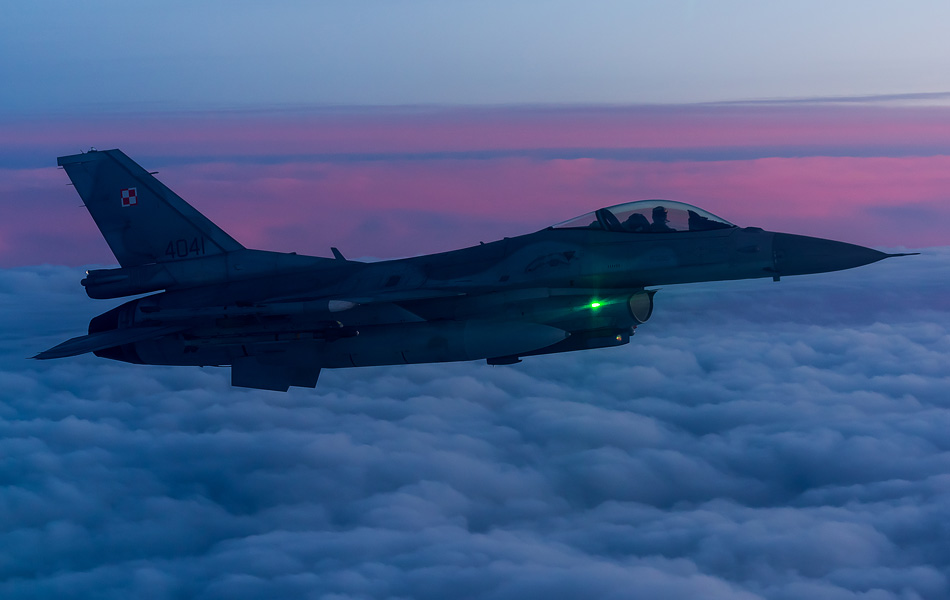
|
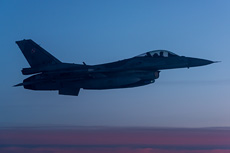
|
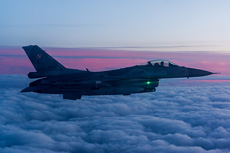
|
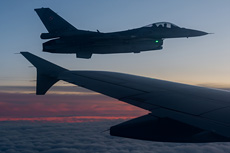
|
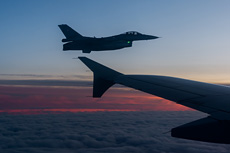
|
|
|
|
|

|







